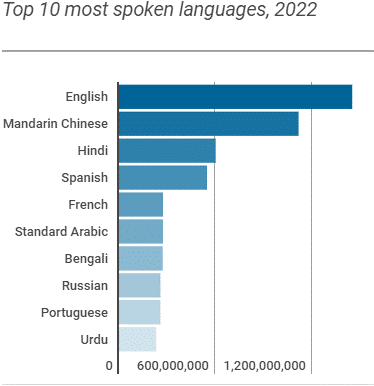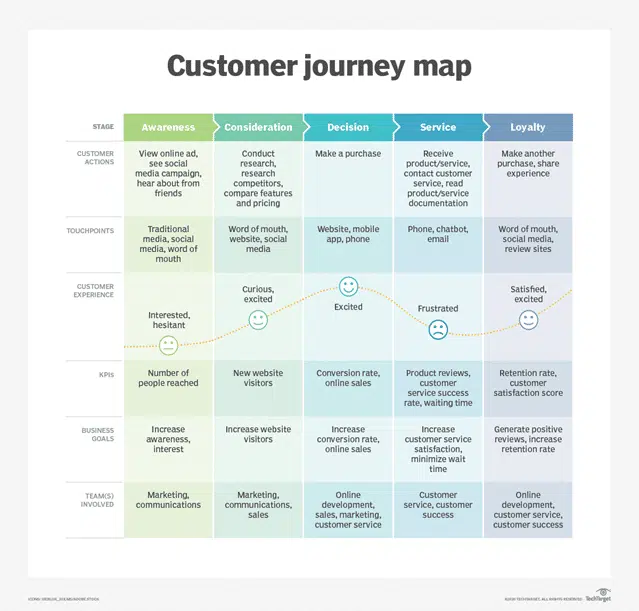Are you looking to enter stable global markets? If so, you are on the right path of increasing sales and creating new revenue potential.
In addition, globalization increases your access to talent and makes your products easily available to consumers.
Despite being profitable, expanding to an international market with the wrong strategies can lead to significant losses.
Hence, you need to know the right approaches to employ, and one of them is a brand localization strategy.
Brand localization involves operating and marketing your business to adapt to a region’s social and cultural requirements. So, how do you develop a successful localization plan?
This guide discusses four tips to help you create a winning brand localization strategy.
Identify Your Language or Region
According to a survey done by CSA Research in 2020, 76% of online shoppers from 29 countries prefer buying products described in their own languages.
40% attested that they avoid purchasing from websites written in other languages. Hence, you can conclude that it is crucial to translate your website to a region’s language.
Localizing your website content to any language won’t break the bank. However, you need to choose a language that can help you get the best out of this strategy.
If growing your market is the primary goal, choose a language spoken by many people. Here is a chart to guide you.
Source: Ethnologue
If you use Mandarin Chinese, you can attract the attention of millions of potential customers. You can also opt for several languages. For instance, you can translate your website into Mandarin Chinese, Hindi, Spanish, and French.
However, if introducing your products to a highly populated region or country is the goal, choose the most spoken language in the area. You also need to go beyond language – you also have a good grasp of the local dialect.
While millions of people speak Spanish worldwide, Spain, Mexico, Argentina, and other countries have their own language variants.
Know Your Audience
Translating website content is not the only aspect of brand localization.
You also need to consider your chosen region’s culture and social norms to avoid offending prospective customers unknowingly.
Regions have different cultures. A marketing strategy that works for one region may not necessarily work in another.
Thus, you need extensive knowledge of your new market’s language and culture.
You should also work with local consultants or language experts. With their help, you will learn:
- How your brand name sounds after being translated
- How the locals will interpret your font logo design and colors
- Symbols, text, and images on your website that can be insensitive to the new market
- Colors and elements you can add to make your website “part” of the region without cultural appropriation
Learning and respecting cultural factors will encourage the new audience to trust your products. It also raises brand awareness.
By engaging with translation experts, you can understand these subtle cultural nuances and bring your brand closer to the people.
Once you have entered the new market, you can use email marketing to learn more about your customers.
For example, you can use your mailing list to gather feedback from customers. You also need to verify emails to ensure that your emails are going to the correct inboxes, especially in a new market where you haven’t established a foothold yet. This will also minimize your email bounce rate.
Review the Customer Journey
How customers interact with your brand before making a purchase is vital. You want to give them the best experience on your website.
The process doesn’t have to be the same in all countries.
Analyzing and updating your customer journey plan based on a particular region is a beneficial brand localization strategy.
Data collected by the Baymard Institute showed that 69.82% of online shoppers in 2021 abandoned their carts.
However, you can increase purchase rates by making your site easier to navigate.
For example, your call-to-action (CTA) buttons need to consider the market.
The English word “submit” has multiple translations in Japanese, many of which refer to something other than submitting your online forms.
The translation “fōmu o sōshin suru”, which means “submit your form”, will give you a higher click-through rate than “makeru”, which means “lose”.
By understanding the customer journey, you’ll have a good idea of your significant checkpoints and how you can improve them.
Source: Tech target
It is vital to understand your customer’s experience. Hence, after employing your plan, visit your website and go through the purchasing path.
This step is crucial in assessing the effectiveness of your strategy and optimizing the customer renewal process for sustained satisfaction.
This should help you know areas that are top-notch and those that need improvement.
Furthermore, gathering feedback through the Net Promoter Score survey can provide valuable insights into your customer’s overall satisfaction and loyalty.
Use the Right Tools
You need the right translation tools to make the brand localization strategy successful. Examples are translation and quality assurance tools.
These tools will help you use the brand localization strategy seamlessly. For instance, a translation tool allows you to translate all the needed content within a short period.
However, it is advisable to get professional translation services to focus on other business operations.
Conclusion
The brand localization strategy is effective in different types of businesses. Today, most companies are tailoring their websites and operations to suit a region’s social and cultural preferences.
This is because many consumers prefer purchasing products in their languages.
However, you need the right tips to make the most out of this strategy.
Use the practical tips discussed above to globalize your brand successfully. Besides, consider working with professionals to have ample time to run other business operations.







